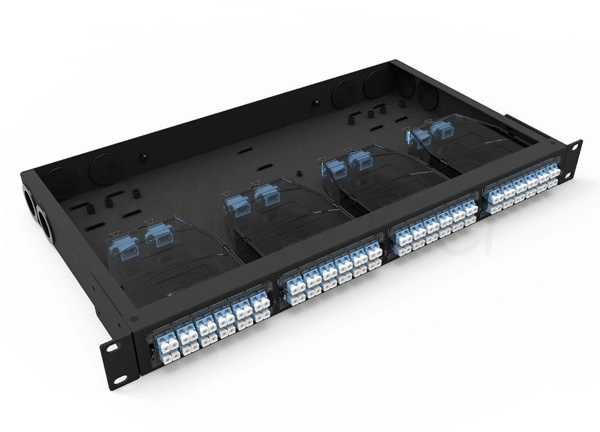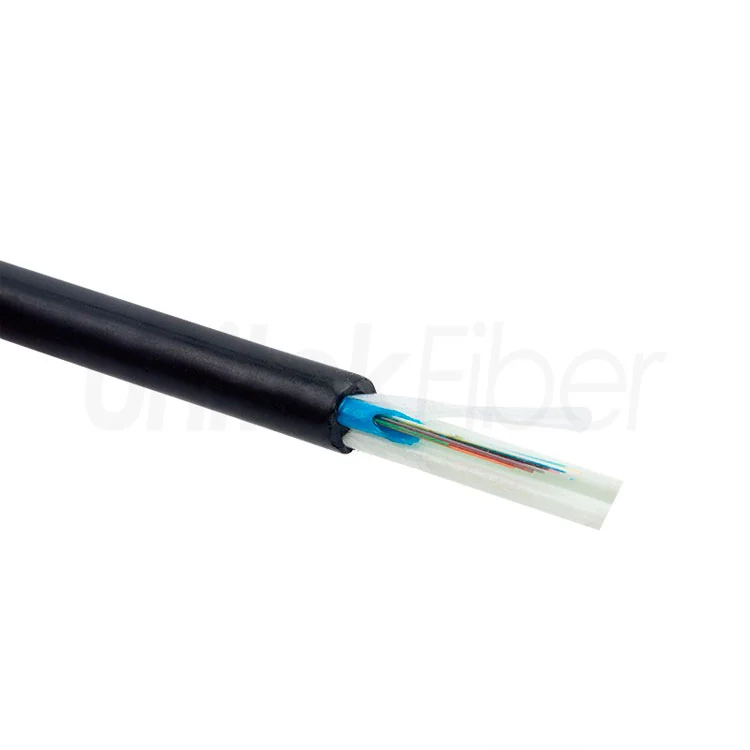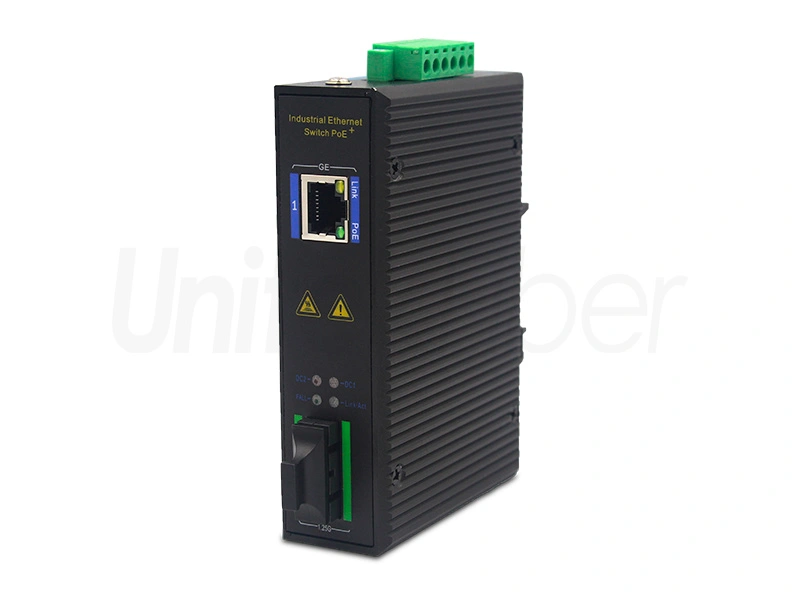
After the cable enters the building, it is necessary to provide the connection between the entrance equipment, equipment room or computer room and the communication cabinet on different floors, which is called "vertical wiring system". At this time, most of the cables are located in the vertical pipe (Riser) of the vertical shaft between floors. For this reason, the fiber optic cable needs to bear greater tension force (maximum self-weight).
The indoor optical cables of the compact single-core, compact 8-word double-core, compact 2-4-core circular structure are small in size, good in flexibility, which can withstand very small bending radius, and have no trace of inventory because of the use of the compact sleeve structure with very good flexibility and high-load aramid yarn around the compact optical fibers. It is an ideal choice for interconnected optical cables, such as optical fiber to workstation, communication cabinet interpolation wiring, tail fiber, jumper, communication cabinet to indoor wall lead-out end, lead-out end to transceiver application, etc. They are directly equipped with standard connectors, and play the role of interconnection between optical devices and backbone (vertical) optical cables in communication cabinets, distribution boxes, protection boxes and equipment boxes. It is convenient and easy to install the cable in limited space, and it is an ideal network cable scheme for wiring in limited space and inserting soft wires into buildings.
In indoor applications, plenum-level indoor optical cables are required when optical cables need to pass through pipelines, high-pressure inflatable space or air handling systems to transmit information. This special environment puts forward stricter requirements for flame retardancy and corrosion resistance of optical cables. Therefore, the tightening material and outer protective material of indoor optical cables are more stringent. The tightening material is PVC material, and the outer protective material is PVC material with flame retardant or hard fluorinated polymer which meets UL certification. PVC design is superior to fluorinated polymers. Because PVC is soft, flexible, and has no trace of storage, it can be stored in circles.
Single-core or multi-core tightly-sheathed fiber optic cables protected by stainless steel hoses have strong lateral pressure resistance, high flexural and tensile strength, and excellent rodent resistance. It can be used in trampling occasions, such as under carpet laying or limited space occasions where frequent bending or rodent damage is required.
1. When using fiber-optic ribbon and cable to enter buildings, indoor fiber-optic ribbon and cable (fiber-optic ribbon and aramid yarn and PVC sheath) can be selected.
2. When laying underground pipelines and ceilings between equipments, reinforced structures can be adopted, such as PE, PU sheaths on the basis of distribution cables or aluminium-PE sheaths on the basis of dispersed cable structures.
3. When the distribution cable adopts metal armoured sheath, it can be laid overhead and directly buried.
4. Low-smoke halogen-free (LSZH) materials can be used as jackets when the requirements of the toxicity and smoke are high. Fifthly, the PU sheath has good anti-friction, scratch and chemical erosion properties, which can be used in emergency, emergency repair and military optical cables.



